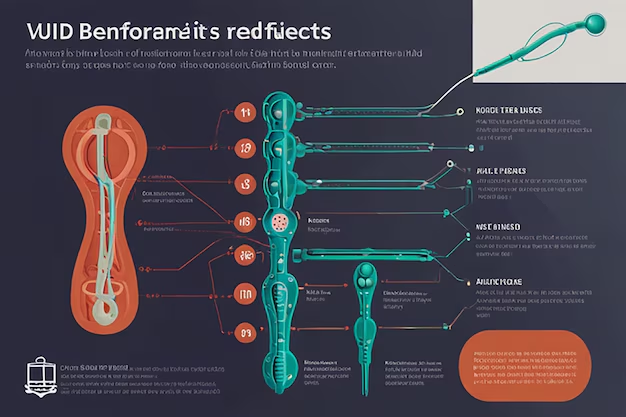What Does It Take to Become a Cardiovascular Technologist?
Embarking on a career as a cardiovascular technologist offers a unique opportunity to make a difference in the lives of patients with heart conditions. But what are the educational pathways and certifications required to enter this vital healthcare field? Generally, aspiring cardiovascular technologists need to complete a specialized cardiovascular technology program, which typically ranges from two to four years. An associate degree in cardiovascular technology is the most common starting point, although some may choose to pursue a bachelor's degree for more comprehensive training. These programs provide essential theoretical knowledge and practical skills in areas such as echocardiography, vascular technology, and invasive cardiology.
In addition to degree programs, obtaining certification is often a key step that can enhance employability and demonstrate proficiency in the field. Certifications from recognized bodies like the American Registry of Diagnostic Medical Sonographers (ARDMS) or Cardiovascular Credentialing International (CCI) can be invaluable. Many states do not require licensure for cardiovascular technologists, but certification can often serve as a substitute, showcasing the technologist's commitment to their professional development. With an optimal blend of education and certification, aspiring cardiovascular technologists can confidently step into a career that is both rewarding and impactful.
Educational Pathways and Certifications:
- 🎓 Associate Degree in Cardiovascular Technology
- 🎓 Bachelor's Degree in Cardiovascular Technology (optional for advanced opportunities)
- 📜 Certification from ARDMS or CCI
- 📑 Specialized Training in Echocardiography, Vascular Technology, or Invasive Cardiology
- 🏅 Continuing Education (to maintain certifications and stay updated on industry advancements)
